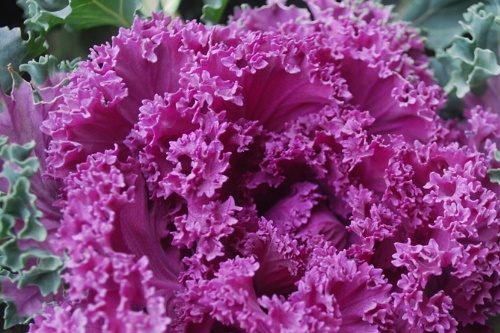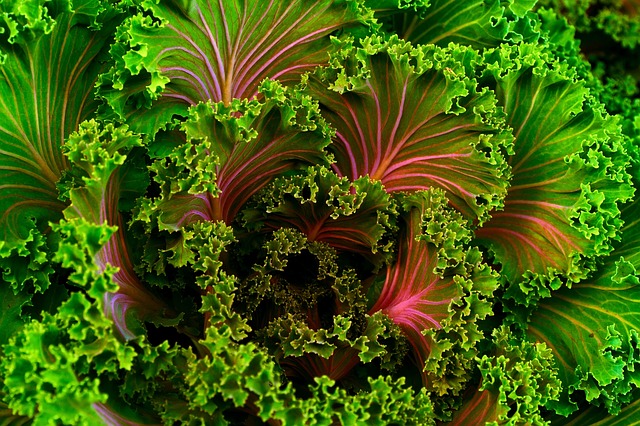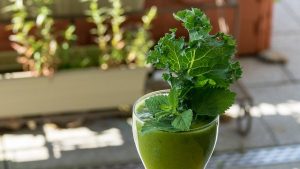Tips and Ideas for your Kale Recipes

Tips and Ideas for your Kale Recipes
The Kale is a superfood that is fashionable, but we know how to cook it? And its properties, do we take advantage of them properly?

In winter or summertime, it doesn’t matter the season in which we cook and experience the flavour and benefits of this interesting product. We know that it’s fashionable, it’s “cool” to eat kale, but besides all that, it gives us many therapeutic properties.
It’s considered a superfood, but don’t forget that there are no superfoods as such, but are potentially healthy in synergy with others because they act altogether in the body.
The kale is a type of cabbage that has a very high content in beta carotene, protein, iron, potassium, manganese, magnesium and vitamins C, K, A, E and group B, folic acid, as well as essential omega 3 acids and antioxidants.
Nowadays, it’s very easy to buy it in supermarkets, but what interests us is to buy it organic, as it’s easy to buy in organic shops.
The Qualities of the Kale
- Although no food is miraculous by itself, and it’s the global diet that brings benefits to our health, there are some products whose components can contribute to ward off some diseases, within a healthy lifestyle.
- It’s an anti-inflammatory and antioxidant vegetable. It’s very rich in K vitamin and omega 3, the kale can help to reduce inflammation, a risk factor for diseases such as cancer or heart disease. In addition, it contains 50 different flavonoids with antioxidant and anti-inflammatory properties that help reduce oxidative stress and, therefore, the risk of developing cancer and other chronic conditions such as atherosclerosis and chronic obstructive pulmonary disease (COPD).
- Help to lose weight. As is known, a single food does not help to lose weight, and it is not advisable to reduce our diet to a single type of product since we could suffer from deficiencies. However, because it is a low-calorie food, it does reduce the energy content of the dishes. In addition, it contains a type of substances, glucosinolates (sulfur compounds) that reduce the absorption of carcinogenic substances.
- Protects the heart. The fibre that contains the kale and other types of foods such as cereals, pulses, fruits and vegetables, helps control cholesterol and protect cardiovascular health.
- Very digestive. This is due to its chlorophyll content. Better digestion.


How Many Types of Kale are There?
There are different types of cabbage. In fact, we can find up to “more than 50. These are the most common:
- Violet Kale (kale redbor). It is similar to curly kale only that the leaves are purple.
- Russian red kale. The stem is purple and the leaves smooth and jagged (reminiscent of arugula). The colour of this is light green.
- Curly kale. It’s the most common variety. The leaves are quite thick and leathery. Its flavour is quite bitter and slightly spicy.
- Black cavolo (black kale, lacinato, dragon, dinosaur, Tuscan). It’s an Italian variety that emerged in the eighteenth century The leaves are dark green, smooth and wrinkled. It is less hard than curly kale and it has the sweetest taste of all.
- Tender shoots. They are sold under the name “baby kale”’.
Ideas for your Kale Recipes
In addition to using the kale in salads and steaming, the two best ways to take advantage of all its properties, you can add it in your favourite dishes such as soups, rice, pasta …
But there are other delicious ways to take advantage of it.
